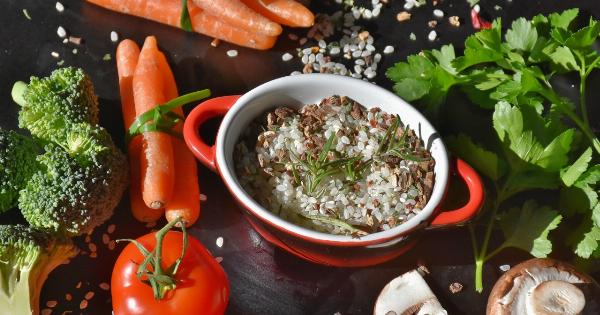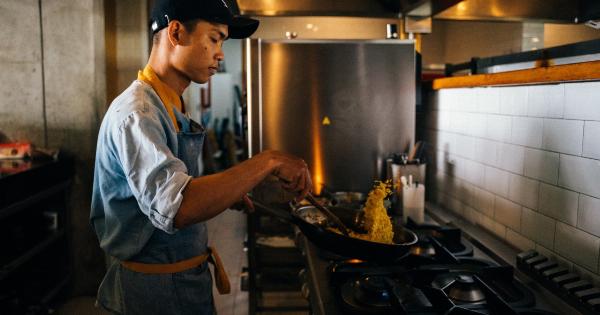Rice is a staple food in many households around the world. While it is a nutritious and versatile ingredient, it can also pose certain risks if not handled and stored properly.
This article aims to provide men with five essential ways to keep their loved ones safe when it comes to rice – from purchasing and storage to cooking and consumption.
1. Choosing the Right Type of Rice
When it comes to rice, there are numerous varieties available in the market. However, not all types of rice are equal in terms of safety and nutritional content. To ensure the safety of your loved ones, it is important to choose the right type of rice.
2. Checking for Contaminants
Rice can sometimes contain contaminants such as heavy metals, pesticides, and bacteria. To keep your loved ones safe, it is crucial to check for any signs of contamination before cooking or consuming rice.
Look for trusted brands that prioritize quality and conduct regular testing for contaminants.
3. Proper Storage
Storing rice correctly is essential to keep it safe for consumption. Rice should be stored in a cool, dry place, preferably in an airtight container to prevent moisture and pests from getting in.
Avoid storing rice in direct sunlight or near strong odors as it can affect both its taste and quality.
4. Preventing Rice Infestation
Rice infestation by insects, such as weevils or beetles, can be a common problem.
To safeguard your loved ones, take preventive measures such as freezing the rice for a few days before storage or using deterrents like bay leaves or garlic cloves in the rice container. Regularly inspect stored rice for any signs of infestation and discard affected portions immediately.
5. Cooking Rice Safely
Properly cooking rice is crucial to ensure its safety. Here are some tips to keep in mind:.
5.1 Cleaning the Rice
Before cooking, it is important to clean the rice thoroughly. Rinse it under running water until the water runs clear to remove any dirt, dust, or residual contaminants.
5.2 Using the Correct Water-to-Rice Ratio
Using the right ratio of water to rice is essential for proper cooking. Follow the instructions on the rice packaging or use a general guideline of 1.5 cups of water for every cup of rice.
Adjust the amount of water according to personal preferences – softer or firmer rice.
5.3 Avoiding Cross Contamination
Prevent cross contamination by using separate utensils and cutting boards for raw and cooked rice to avoid the spread of bacteria. Cooked rice should be consumed or refrigerated within two hours to minimize the risk of bacterial growth.
5.4 Reheating Rice Safely
If reheating cooked rice, ensure it is heated thoroughly until steaming hot to kill any bacteria present. Avoid leaving reheated rice at room temperature for an extended period, as it can promote rapid bacterial growth.
Refrigerate any leftover rice promptly.
Conclusion
By following these five key practices, men can effectively keep their loved ones safe when it comes to rice consumption.
From selecting the right type of rice to storing it properly and cooking it safely, each step plays a vital role in ensuring the well-being of your family. By prioritizing safety and being mindful of potential risks, you can enjoy the nutritional benefits of rice without any worries.































